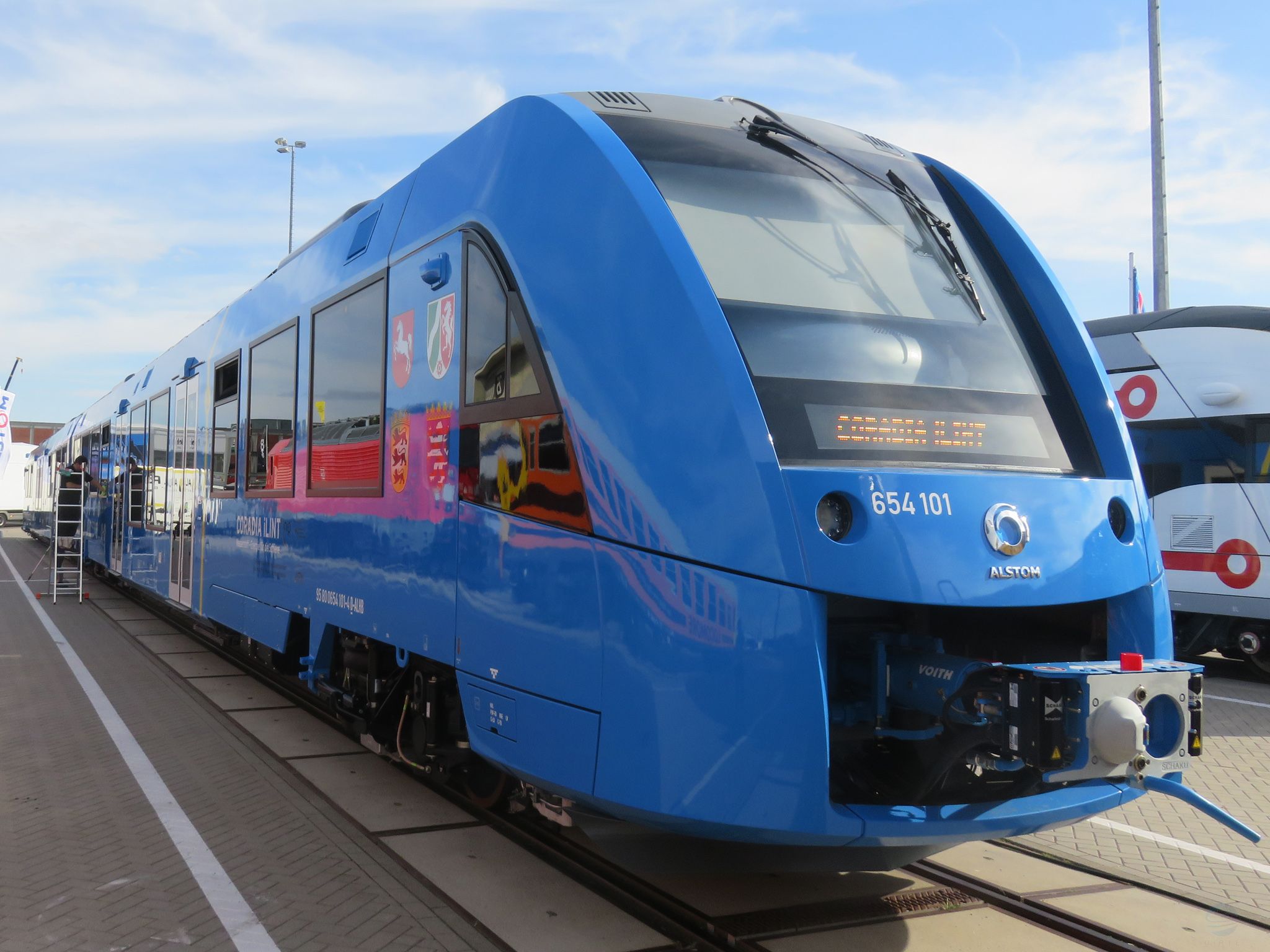

The report considers both ‘brown’ hydrogen made by steam reforming of non-renewable fossil fuels and the currently more expensive ‘green’ hydrogen produced by electrolysis using renewable electricity.
It says ‘the overall efficiency of a hydrogen train is about a third that of an electric train’, calculating that hydrogen traction requires 3 kW of electricity to deliver 1 kW of power to the wheel while an electric train needs 1·2 kW. This ‘undermines the green credentials of hydrogen trains’ if non-renewable sources are used; efficiency becomes less important if renewable energy is used.
The report concludes that hydrogen should only be used in places where long-term technical environmental and economic factors make electrification a poor option, for example on remote rural routes. It confirms that hydrogen is not suitable for high speed and freight trains, because the fuel requires a large amount of storage space.
The report makes three recommendations:
The institution’s Head of Engineering Dr Jenifer Baxter said the creation of ‘clusters’ of hydrogen-related businesses where the gas is produced could help local train and bus operators to decarbonise by reducing or sharing the distribution costs involved.
‘Storing hydrogen requires significantly more space than diesel fuel’, added David Shirres, member of the Institution's Railway Division. ‘For this reason, hydrogen is not suitable for high-powered rail traction and so should not be considered as an alternative to electrification.’
From www.railwaygazette.com

2019 China (Hunan) International Rail Transit Industry Expo